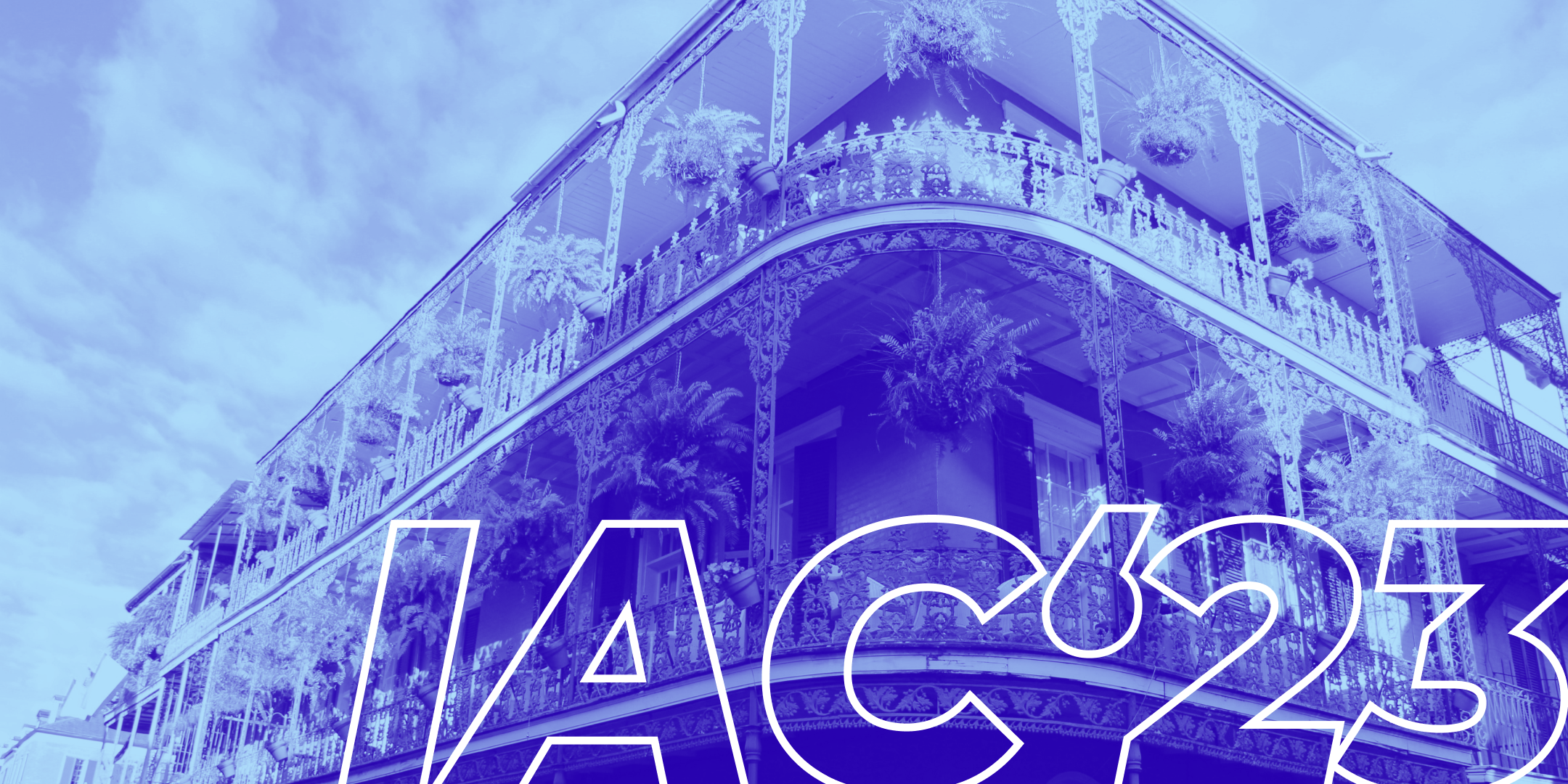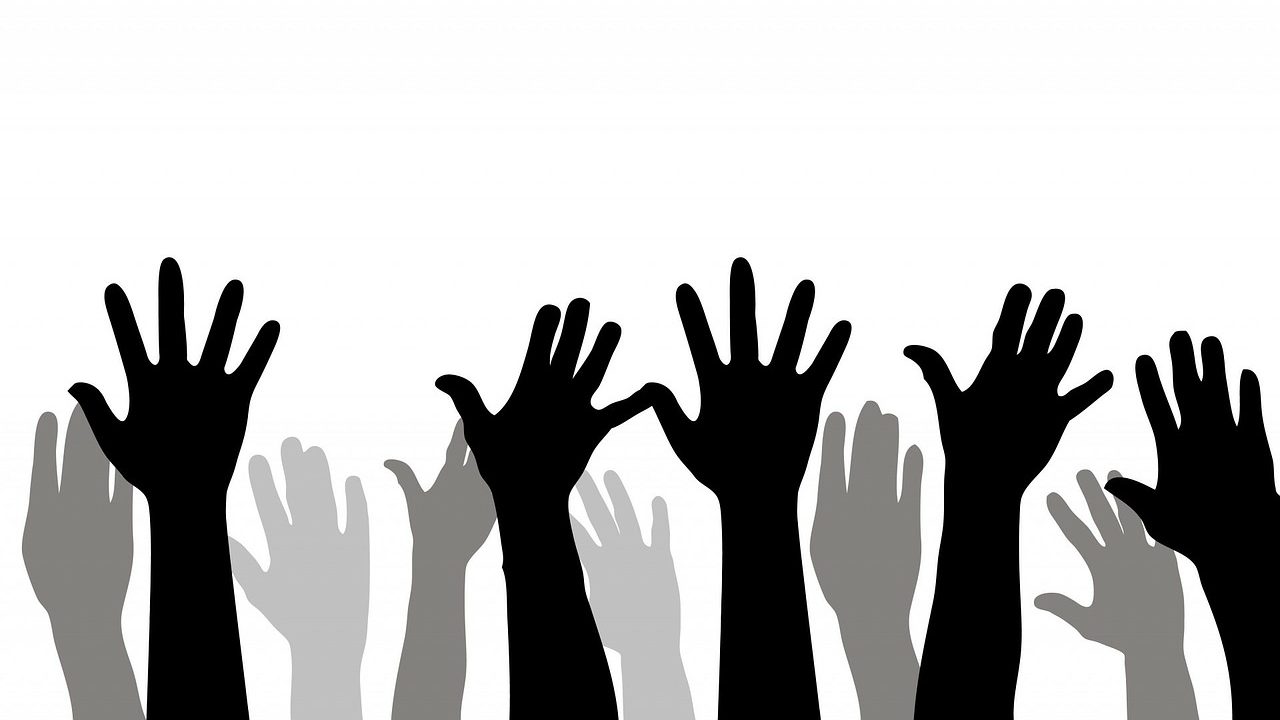IAC23: Safe Tech Audits in New Orleans!
March 28, 2023 9:00 AM to 5:00 PM ETSafe Tech Audit: Applying IA Heuristics for Digital Product Safety Testing at IAC23: The Information Architecture Conference Are you creating products that respect the needs and autonomy of your users? Are you concerned about how GDPR, CPRA and the proposed ADPPA data privacy regulations might affect your … Read more


